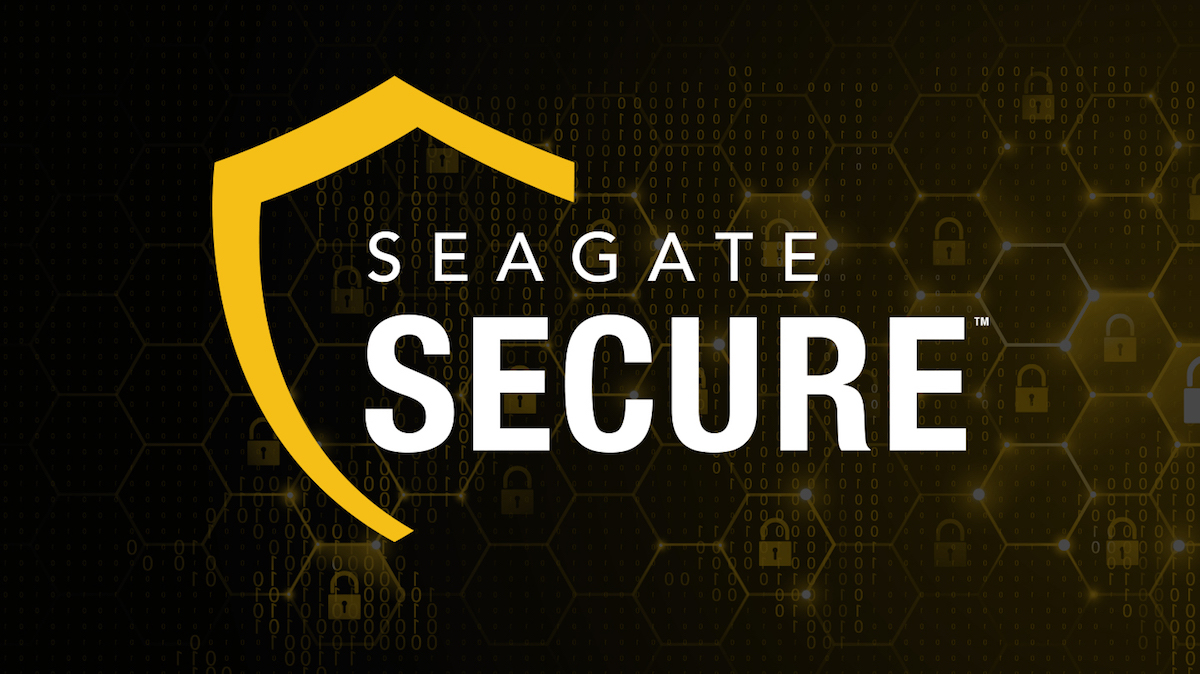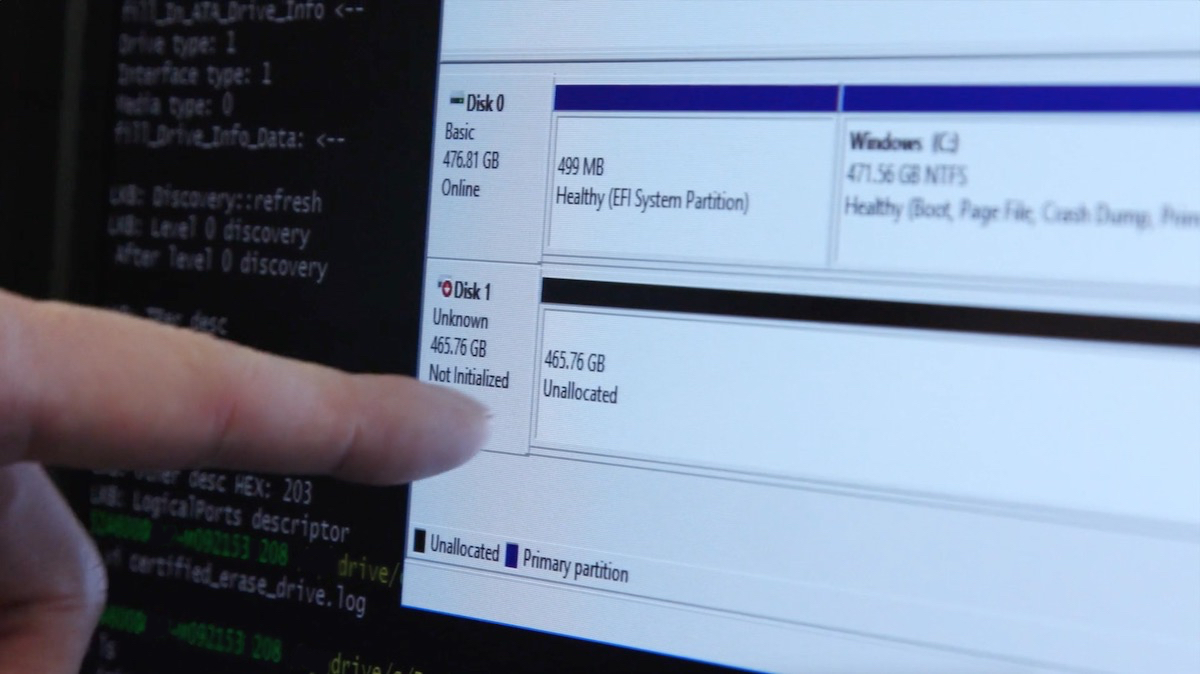Seagate sold a whopping 367 exabytes of data in calendar year 2018. This is more than an exabyte per day! And according to Seagate-sponsored research by IDC, the global datasphere is only going to continue to grow — from 33 zettabytes in 2018 to 175 zettabytes by 2025.
This is great news for Seagate, but more products also introduces the possibility of more items entering the waste stream, presenting Seagate with the opportunity to use our innovation to prevent more e-waste from ending up in a landfill. Every drive that we sell will eventually be retired, and at that point the drive is either repurposed, reused, recycled or it enters the landfill.
A few months ago, you learned about circularity in a blog from Joan Motsinger. Circularity is the process of making products that can be repurposed at the end of their life or use phase — preserving finite resources and extending the life of a product or parts of a product. Seagate’s efforts to minimize our e-waste by creating a circular economy for our drives are one way that we uphold our value of integrity and do the right thing for our people, our planet and our profit.
However, at the end of a drive’s life, the data on that drive still needs to be protected, and is still subject to global data privacy laws such as the GDPR and HIPAA, intellectual property regulations, and data breach regulations, all with severe financial and brand penalties for data breaches. This is where our innovation meets our integrity.
To do this, Seagate is introducing our Seagate Secure Certified Erase feature. This feature provides standardized and certified data-erasure capabilities (that does not include physically destroying the drive) that will prevent negative data-loss consequences. In doing so, we move toward a more environmentally responsible life-cycle for all of these drives.
The innovation behind Certified Erase hinges on the sanitization of the media — this means ensuring that there is no data to read from the existing media in the drive. Seagate has led and partnered with industry, standards bodies, and regulatory authorities to achieve unified standards for media sanitization. The unified U.S. federal guidelines come from the National Institute of Standards and Technology (NIST), and they now include three levels of erasure:
- Clear: Sanitizes data in all user-addressable storage locations;
- Purge: Renders data recovery infeasible using state-of-the-art laboratory techniques;
- Destroy: Renders data recovery infeasible using state-of-the-art laboratory techniques, but also results in the inability to use the media for future storage of data.
NIST now sanctions data purge, including standardized and drive atomic data overwrite, block erase and cryptographic erase commands. With the ISO and NIST standards we have a unified federal and international baseline for HDD and SSD erasure, and a certificate of erasure. Once the data on a drive has been certified erased, it’s now easier to repurpose, reuse or recycle that drive.
With Seagate Secure Certified drives across our portfolio, we are uniquely positioned to provide the highest levels of assurance for certified erasure services. With Seagate Secure Certified Erase, our customers get the strongest peace of mind that their data is protected, and in partnership with Seagate can become a part of the transition to a more circular economy and environmental stewardship for drives and data storage.
To learn more about the technical aspects of our Seagate Secure Certified Erase, read the full tech paper on our Enterprise Storage webpage.










